Brakes are the unsung heroes of every vehicle, quietly ensuring our safety with each stop and slow down. Yet, like any crucial system, they can develop problems that compromise performance—and put drivers at risk. Understanding common brake issues, from squeaks to leaks, is the first step toward maintaining a smooth, reliable ride. In this article, we will explore some of the most frequent brake troubles and offer practical solutions that help keep your vehicle—and your journeys—safe and sound.
Table of Contents
- Common Brake Noises and What They Reveal About Your System
- Understanding Brake Fluid Issues and How to Maintain Optimal Levels
- Diagnosing Worn Brake Pads and Choosing the Right Replacement
- Addressing Brake Rotor Damage for Smooth, Safe Stopping
- The Importance of Caliper Function and Timely Repairs
- Tips for Preventing Brake System Failures Through Regular Maintenance
- Q&A
- Concluding Remarks
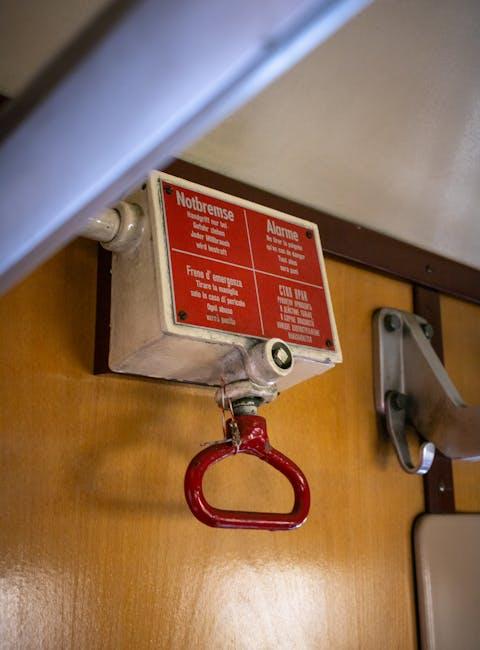
Common Brake Noises and What They Reveal About Your System
When your car’s brakes start to sing their unsettling tunes, each noise is a unique signal from your braking system. A sharp squeal often indicates worn brake pads that need immediate replacement, while a persistent grinding sound suggests metal-on-metal contact, which can cause severe rotor damage if ignored. Sometimes, a clicking noise when braking might mean loose components or caliper issues, and a thumping sound could point to warped rotors. Recognizing these auditory clues early can save you from costly repairs and keep your ride safe and smooth.
To help you navigate these auditory warnings, here’s a quick reference table of common brake noises and their likely causes:
| Brake Noise | Possible Cause | Recommended Action |
|---|---|---|
| Squealing | Worn brake pads | Replace brake pads |
| Grinding | Worn rotors or pads | Inspect and resurface/replace rotors and pads |
| Clicking | Loose caliper or hardware | Tighten or replace loose parts |
| Thumping | Warped rotors | Resurface or replace rotors |

Understanding Brake Fluid Issues and How to Maintain Optimal Levels
Brake fluid plays a critical role in ensuring your vehicle stops safely and efficiently, but it’s often overlooked until problems arise. Over time, brake fluid can absorb moisture from the air, leading to a decrease in its boiling point and causing brake fade during heavy use. Additionally, contaminated or old fluid may cause corrosion within the braking system, compromising the seals and cylinders. Key signs of brake fluid issues include:
- Spongy or soft brake pedal feel
- Brake warning light illumination
- Unusual noises when applying brakes
- Decreased braking responsiveness
Maintaining optimal brake fluid levels and quality is essential for safety and longevity. Regular inspection and fluid replacement as per manufacturer recommendations can prevent many common issues. Here’s a quick overview of maintenance tips:
| Maintenance Step | Frequency | Benefit |
|---|---|---|
| Check fluid level | Monthly | Ensures adequate fluid for braking power |
| Inspect fluid condition | Every 12 months | Detects moisture or contamination |
| Flush and replace fluid | Every 2 years or 30,000 miles | Restores braking efficiency and protects components |
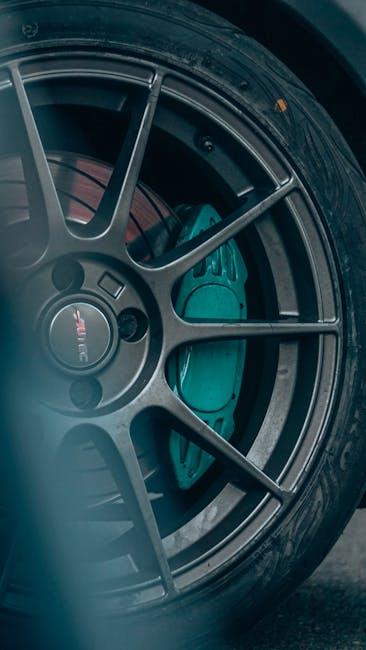
Diagnosing Worn Brake Pads and Choosing the Right Replacement
When it comes to identifying worn brake pads, attention to subtle signs can save you from costly repairs down the road. A common indicator is a squealing or screeching noise whenever you press the brake pedal, which often points to the wear indicators on your pads. Additionally, if you notice the vehicle requires more distance to come to a complete stop or experience a vibrating brake pedal, it’s time to inspect the pads closely. On a visual check, pads thinner than 3mm are a clear signal for replacement. Remember, consistent inspections help maintain brake efficiency and overall safety.
Choosing the right replacement pads means balancing performance, durability, and price. Here’s a quick guide to help you decide:
- Organic Pads: Ideal for everyday driving, they provide quiet braking but wear faster.
- Semi-Metallic Pads: Offer excellent heat dissipation and durability, suitable for most vehicles.
- Ceramic Pads: Known for longer life and lower dust production, perfect for those seeking premium quality.
| Pad Type | Pros | Cons |
|---|---|---|
| Organic | Quiet, affordable | Wear quickly, less heat resistance |
| Semi-Metallic | Durable, good heat handling | Can be noisy, more brake dust |
| Ceramic | Long-lasting, low dust | Higher cost |
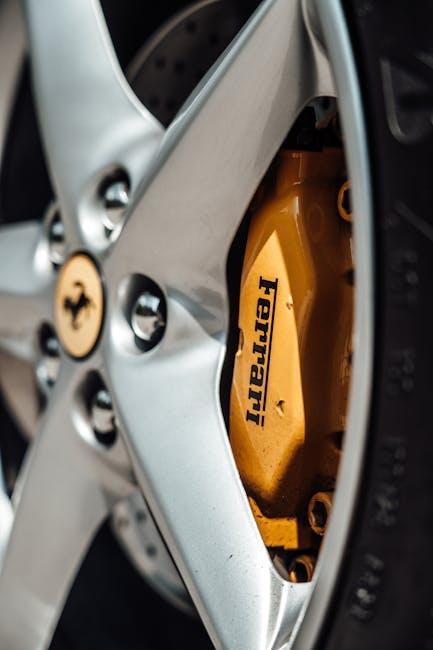
Addressing Brake Rotor Damage for Smooth, Safe Stopping
When it comes to brake rotors, even minor damage can significantly compromise your vehicle’s stopping power. Common issues such as warping, scoring, or cracks can cause vibrations, noise, and uneven brake pad wear. Identifying rotor problems early on is crucial for maintaining reliable braking performance and ensuring every stop remains smooth and safe. Regular inspection during brake service helps catch potential damage before it escalates, prolonging both rotor and brake pad lifespan.
Effective solutions range from rotor resurfacing to complete replacement, depending on the severity of the damage. Here are some key signs and fixes to consider:
- Warped rotors: Result in brake pedal pulsation; resurfacing can restore smoothness if within thickness limits.
- Deep scoring or grooves: Cause uneven braking; often necessitate rotor replacement for safety.
- Cracked rotors: Unsafe to repair; immediate replacement recommended.
| Issue | Symptoms | Recommended Fix |
|---|---|---|
| Warping | Pedal vibration, noise | Resurfacing (if thickness allows) |
| Scoring | Squealing, reduced braking | Rotor replacement |
| Cracking | Visible cracks, braking failure risk | Immediate replacement |
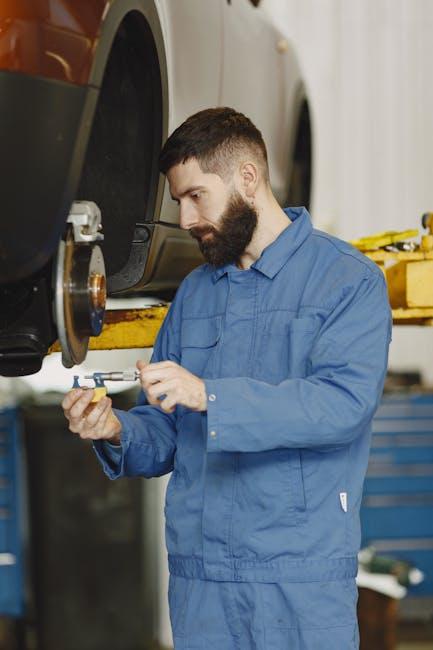
The Importance of Caliper Function and Timely Repairs
At the heart of your vehicle’s braking system lies the caliper—responsible for pressing the brake pads against the rotors to slow or stop your car. This component might seem small, but its function is crucial for maintaining safety on the road. When calipers operate smoothly, they provide even pressure, prevent uneven pad wear, and ensure consistent braking performance. However, a malfunctioning caliper can lead to symptoms like pulling to one side during braking, spongy pedals, or unusual noises, signaling it’s time to inspect and possibly repair or replace the component.
Timely repairs not only restore safety but also extend the lifespan of related parts, sparing you costly fixes down the line. Here’s what to look out for:
- Seized Calipers: Cause uneven pad wear and reduced braking power.
- Leaking Brake Fluid: Indicates damaged seals, leading to brake failure risks.
- Corrosion or Rust Build-up: Hinders smooth movement, affecting brake response.
| Symptom | Cause | Recommended Action |
|---|---|---|
| Brake pulling to one side | Stuck caliper piston | Caliper rebuild or replacement |
| Soft brake pedal | Brake fluid leak | Fluid refill and seal inspection |
| Grinding noise | Worn pads causing caliper damage | Pad replacement and caliper check |
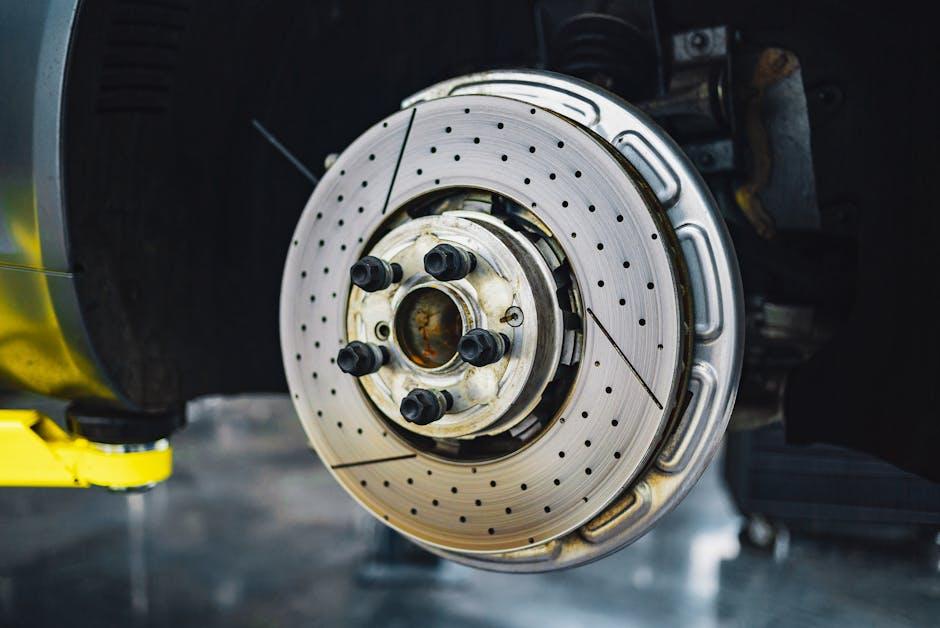
Tips for Preventing Brake System Failures Through Regular Maintenance
Maintaining your brake system isn’t just about safety; it’s about ensuring smooth, reliable performance every time you hit the road. Start by regularly inspecting brake pads and rotors for any signs of wear or damage. This includes checking for uneven pad thickness, deep grooves on rotors, and any contamination from oil or grease. Don’t forget to monitor brake fluid levels and quality—old or low fluid can significantly reduce braking efficiency and lead to system failure. Keeping these components in top shape helps prevent common brake issues like squealing, fading, or complete brake loss.
Simple habits can make a world of difference:
- Schedule periodic professional brake inspections every 12,000 miles or as recommended by your vehicle manufacturer.
- Bleed the brake system to remove trapped air, which may cause softness in the brake pedal.
- Replace brake fluid every two years to maintain optimal hydraulic pressure.
- Drive smoothly and avoid harsh braking which accelerates wear.
| Maintenance Task | Recommended Frequency |
|---|---|
| Brake Pad Inspection | Every 6,000 – 10,000 miles |
| Brake Fluid Replacement | Every 24 months |
| Rotor Check/Replacement | Every 20,000 – 30,000 miles |
| Complete Brake System Inspection | Annually |
Q&A
Q&A: Common Brake Problems and Their Fixes
Q1: Why does my car’s brake pedal feel spongy when I press it?
A1: A spongy brake pedal usually signals air trapped in the brake lines or low brake fluid levels. The fix often involves bleeding the brakes to remove air bubbles or topping off the brake fluid reservoir. If the problem persists, brake line inspection for leaks is recommended.
Q2: What causes my brakes to squeak or squeal?
A2: Brake squeaking can arise from worn brake pads, glazed rotors, or even dust buildup. Applying a quality brake lubricant to the back of the pads or replacing worn brake pads generally solves the noise issue. Sometimes, rotor resurfacing or replacement is necessary.
Q3: Why do my brakes feel like they’re grabbing or pulling to one side?
A3: Uneven braking often results from worn or contaminated brake components, uneven pad wear, or a sticking caliper on one side. The solution involves inspecting and replacing pads, cleaning or replacing calipers as needed, and ensuring the brake system is balanced.
Q4: What’s causing a grinding noise when I apply the brakes?
A4: Grinding noises signal that the brake pads have worn down completely, causing metal-on-metal contact with the rotors. Immediate replacement of brake pads and sometimes rotor resurfacing or replacement is crucial to prevent further damage.
Q5: Why does my brake pedal go all the way to the floor?
A5: A brake pedal that sinks to the floor could indicate a serious brake fluid leak, master cylinder failure, or air in the brake lines. Immediate professional brake system inspection is critical to diagnose and fix the issue safely.
Q6: What makes my brakes vibrate or pulsate when stopping?
A6: Brake vibration usually points to warped rotors caused by excessive heat or uneven pad wear. Resurfacing or replacing rotors often restores smooth braking, along with checking for proper pad installation.
Q7: How often should I check or replace my brake pads?
A7: Brake pads typically last between 30,000 to 70,000 miles, depending on driving habits. Regular inspection every 10,000 miles helps catch wear early. Replace pads when they’re less than 3mm thick or when noise and performance issues arise.
Q8: Can using the wrong brake fluid cause problems?
A8: Yes. Using the incorrect brake fluid can lead to corrosion, reduced braking efficiency, and damage to brake components. Always use the fluid specified in your vehicle’s manual and have your brakes flushed at recommended intervals.
Q9: What should I do if my parking brake won’t hold?
A9: A parking brake that slips or won’t hold usually needs cable adjustment, lubrication, or replacement if cables are stretched or corroded. The parking brake mechanism itself may also require servicing.
Q10: When should I see a professional about my brakes?
A10: If you notice persistent noises, reduced braking power, pedal sinking, or uneven braking, it’s time to see a professional. Brake safety is essential, and early diagnosis prevents costly repairs and ensures safe driving.
Concluding Remarks
Brakes are the unsung heroes of every journey, quietly holding us safe with each press and release. Understanding common brake problems and their fixes isn’t just about mechanics—it’s about peace of mind on the road. By staying alert to the signs and addressing issues promptly, you ensure that your brakes remain as reliable as the moment you first trusted them. After all, smooth stops pave the way for countless safe adventures ahead.

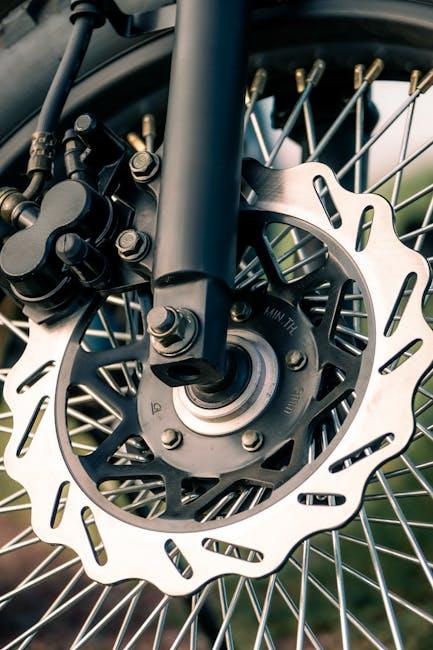
5 Comments
4c861v
4c861v
9js27v
s6tgy7
p8lvbt